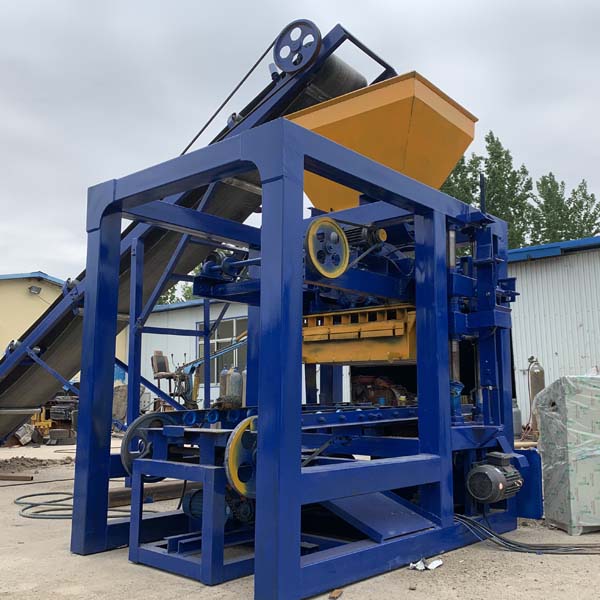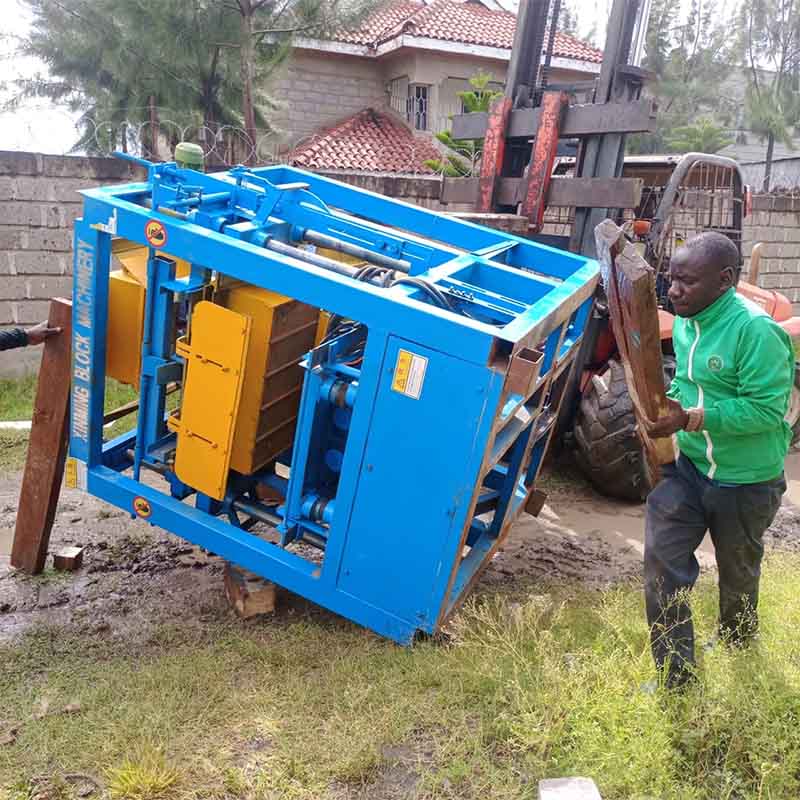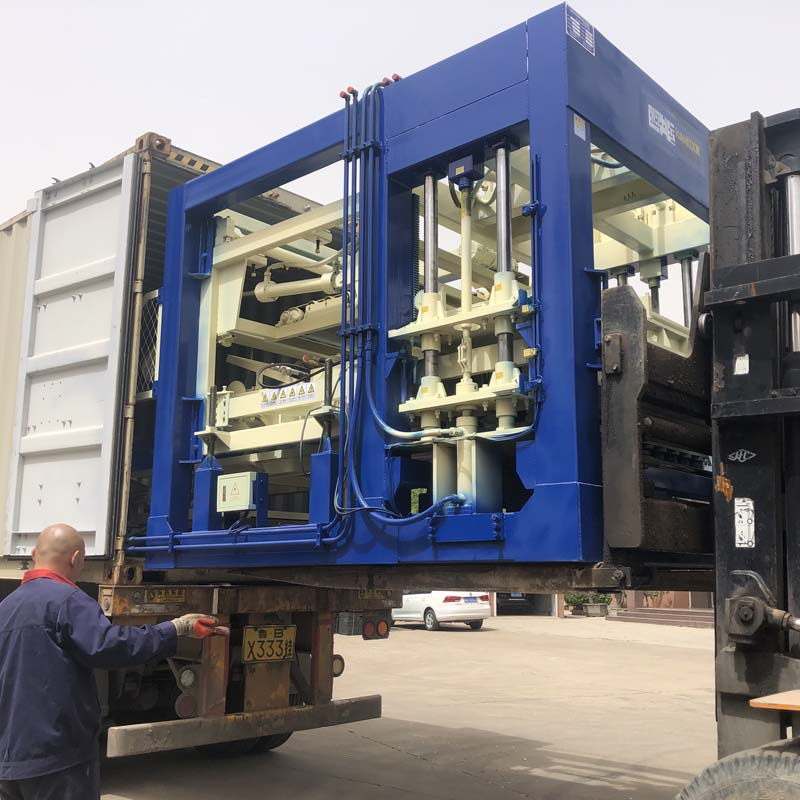
The brick-making machine, a technological marvel of the modern era, has revolutionized the brick-making industry, propelling it into a new age of efficiency and productivity. This remarkable machine, with its precision and scalability, has not only transformed the production process but has also had a profound impact on architectural development.
The Evolution of Brick-making Machines and Their Impact on Architectural Development
Historically, brick-making was a labor-intensive and time-consuming process. Clay was dug from the ground, mixed with water, and then shaped by hand into bricks. These bricks were then dried in the sun and fired in kilns to harden them. This traditional method, while effective, was slow and limited in terms of output. It also required a significant amount of skilled labor, making it challenging to scale up production to meet the demands of growing urban centers and construction projects.
The advent of the brick-making machine marked a significant shift in the industry. These machines automate the entire brick-making process, from mixing the raw materials to shaping and curing the bricks. They operate with precision and efficiency, significantly reducing the need for manual labor. This automation not only speeds up the production process but also ensures consistent quality in the bricks produced.
One of the key advantages of brick-making machines is their scalability. Manufacturers can easily adjust the settings of the machines to produce bricks of different sizes, shapes, and textures. This flexibility allows for a wide range of architectural designs, enabling architects and builders to create structures that are both aesthetically pleasing and structurally sound.
Moreover, the use of brick-making machines has led to improvements in the quality of bricks. The machines mix the raw materials evenly and compress them to the desired density, resulting in bricks that are stronger and more durable than those made by hand. This improved quality ensures the longevity of buildings and structures, reducing the need for frequent repairs and replacements.
The impact of brick-making machines on architectural development is multifaceted. Firstly, the availability of a wide range of bricks has allowed for greater creativity and experimentation in architectural design. Architects can now choose from a variety of brick types, each with its unique characteristics, to create unique and distinctive structures. This diversity in materials has led to the emergence of new architectural styles and trends.
Secondly, the improved quality of bricks has enabled the construction of taller and more complex structures. The strength and durability of machine-made bricks allow for the construction of buildings with thinner walls and larger spans, reducing the overall weight of the structure and making it more efficient. This has led to the development of skyscrapers, multi-story apartment buildings, and other large-scale construction projects that would have been unimaginable with traditional brick-making methods.
Additionally, the efficiency of brick-making machines has made the construction industry more sustainable. By reducing the need for skilled labor and cutting down on production time, these machines help to minimize the environmental impact of brick production. They also reduce waste by ensuring that every piece of clay is fully utilized in the brick-making process. This efficiency not only benefits the industry but also contributes to the overall sustainability of urban development.
However, it is worth noting that the widespread adoption of brick-making machines has also presented some challenges. The initial investment in these machines can be significant, making it difficult for small-scale brick manufacturers to adopt this technology. Furthermore, the automation of the brick-making process may lead to job losses in the traditional brick-making industry, requiring workers to retrain or find new employment opportunities.
Despite these challenges, the brick-making machine remains a crucial driver of architectural development. Its ability to produce high-quality bricks efficiently and cost-effectively has transformed the construction industry, enabling the creation of innovative and sustainable buildings and structures. As technology continues to evolve, we can expect even further advancements in brick-making machines and their role in shaping the future of architecture.
In conclusion, the brick-making machine has revolutionized the brick-making industry and had a profound impact on architectural development. Its precision, scalability, and improved quality have enabled architects and builders to create unique and durable structures that push the boundaries of architectural design. While the adoption of this technology may present some challenges, its benefits in terms of efficiency, sustainability, and creativity far outweigh these drawbacks. As we look to the future of architecture, the brick-making machine will continue to play a pivotal role in shaping our urban landscapes and build
